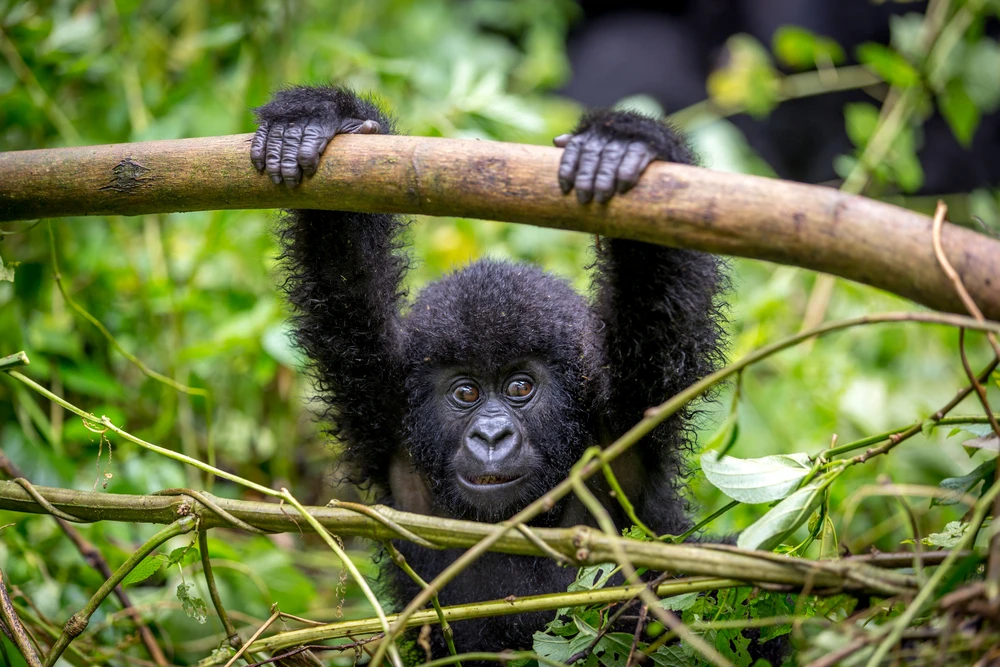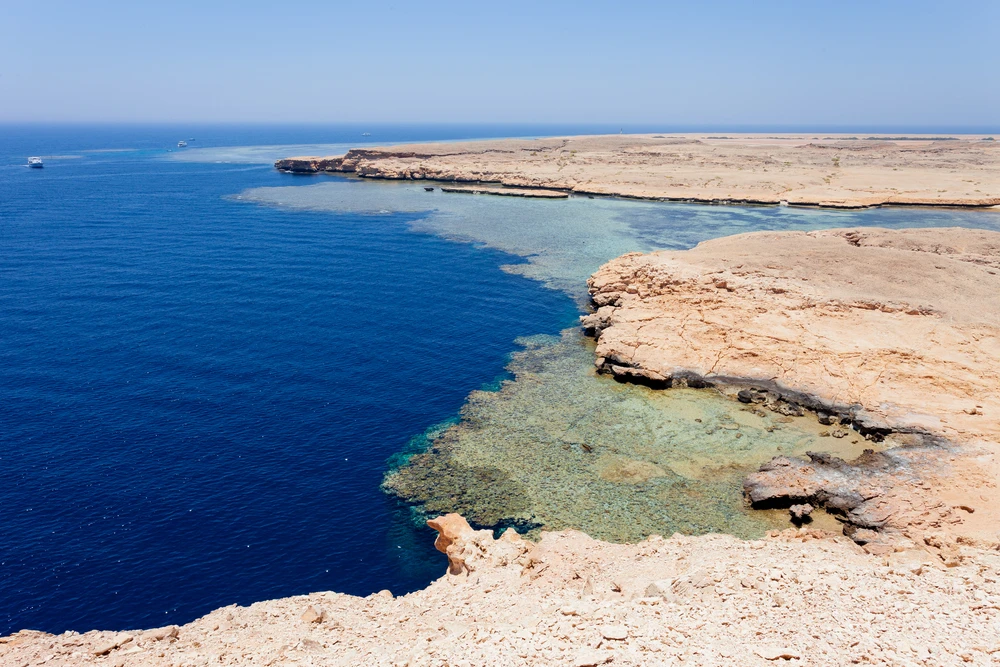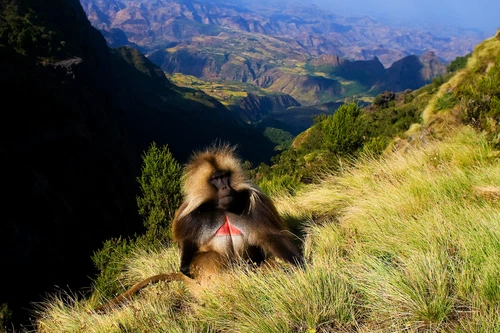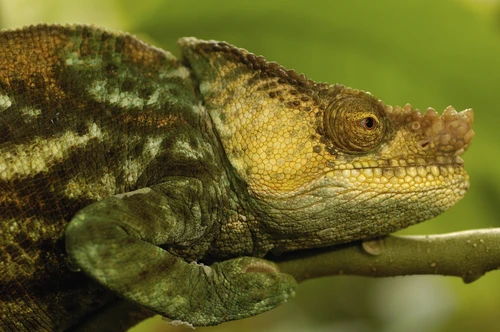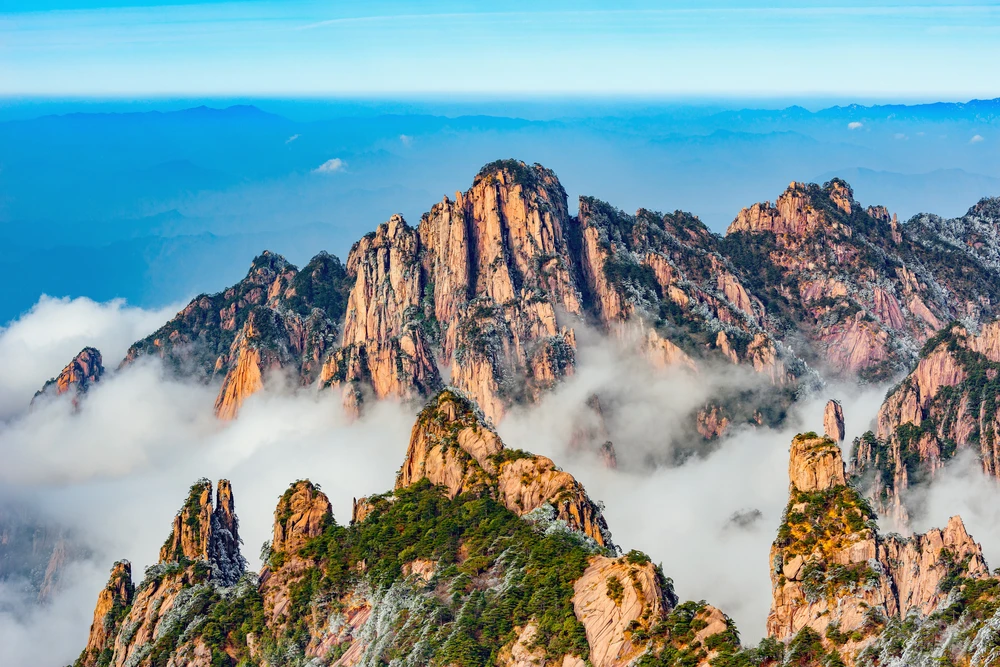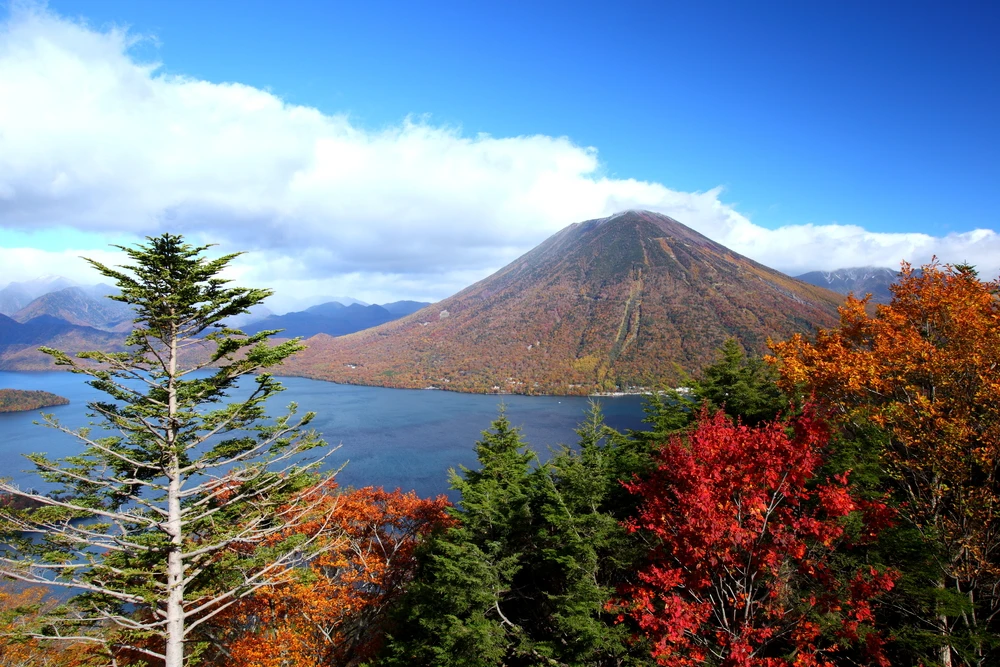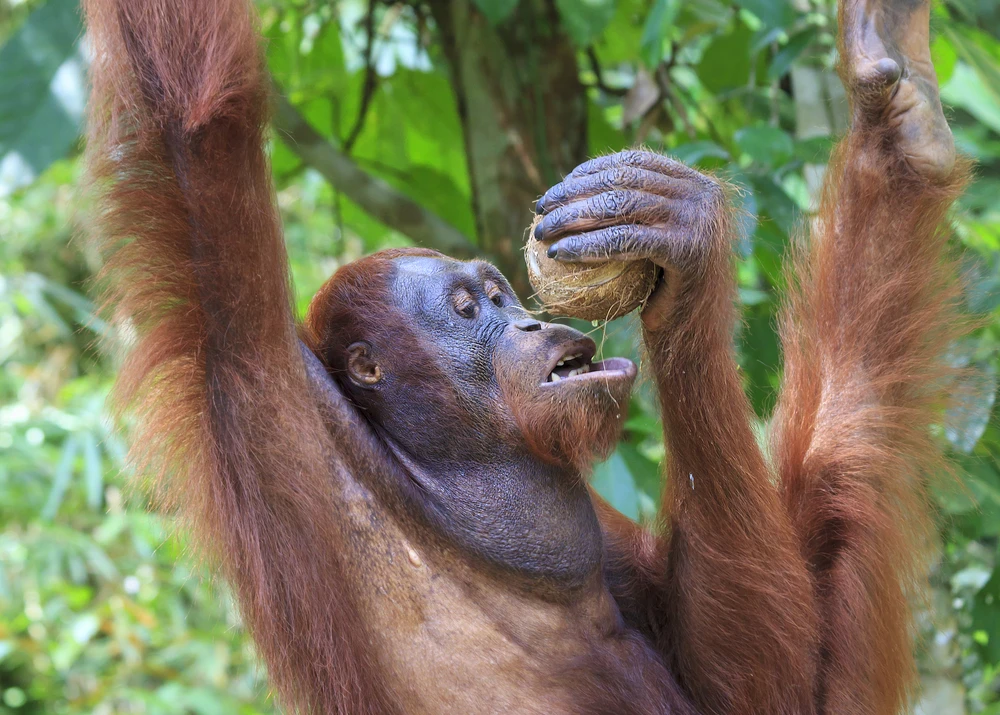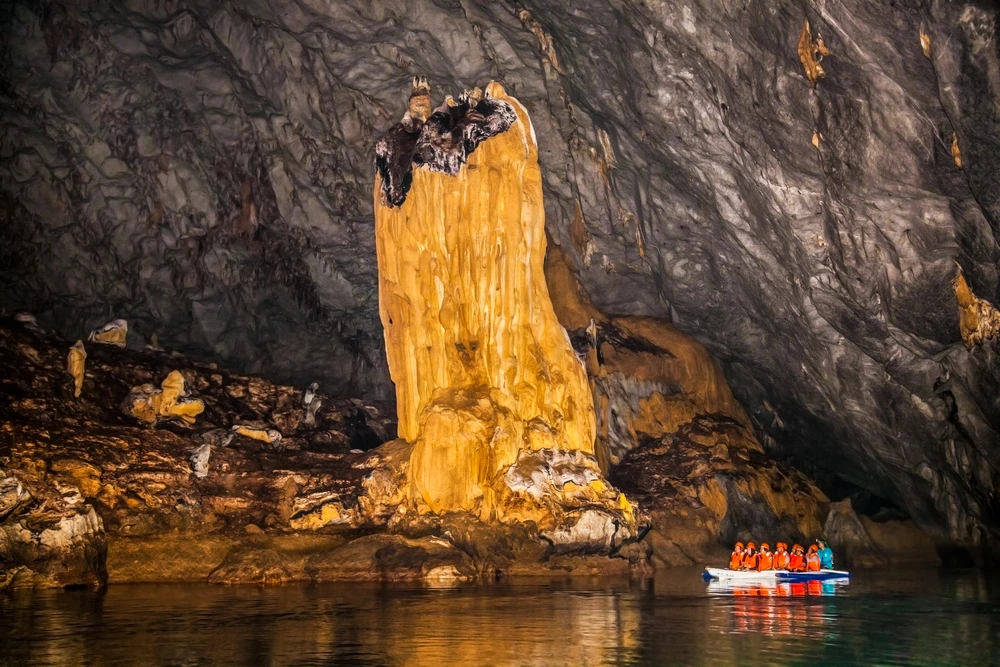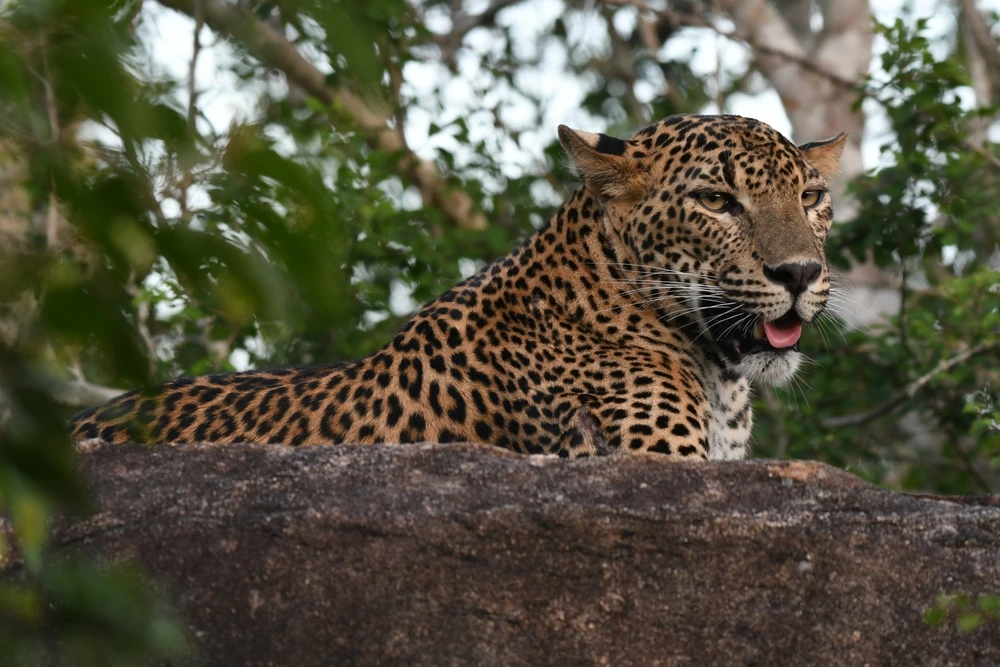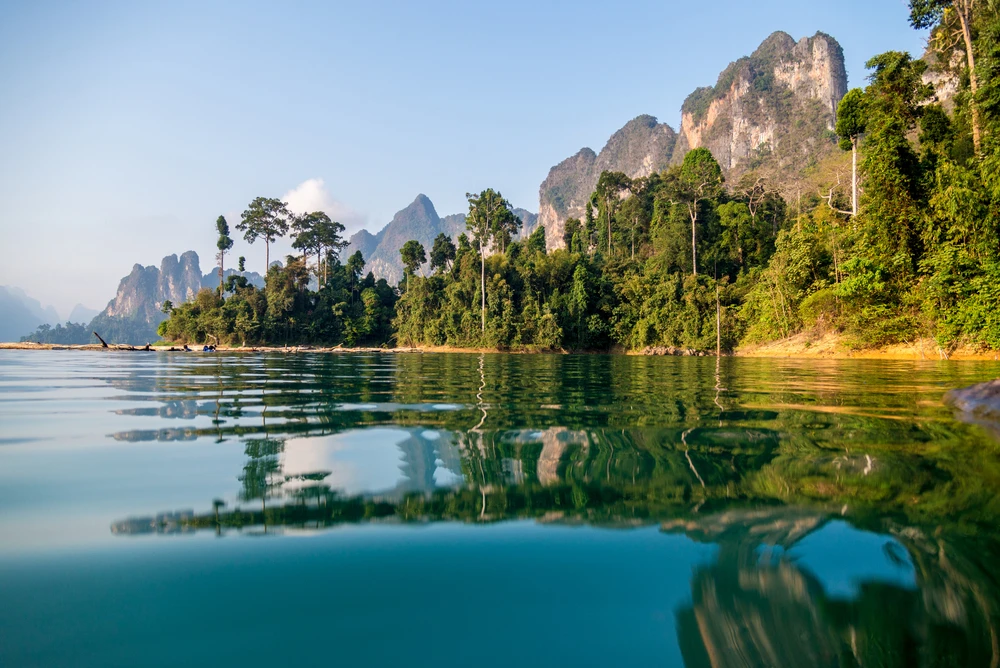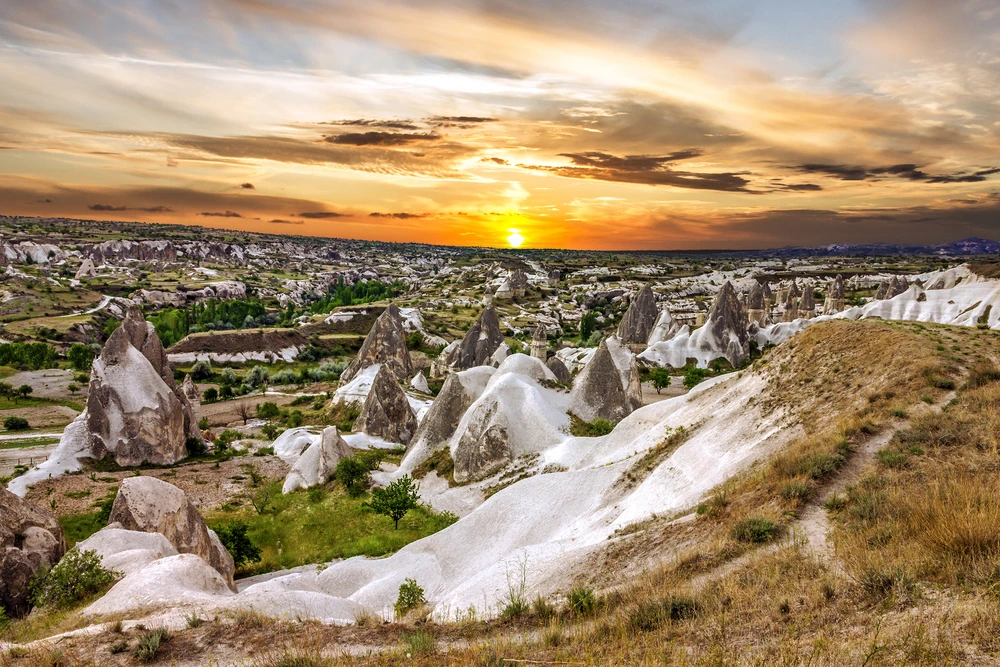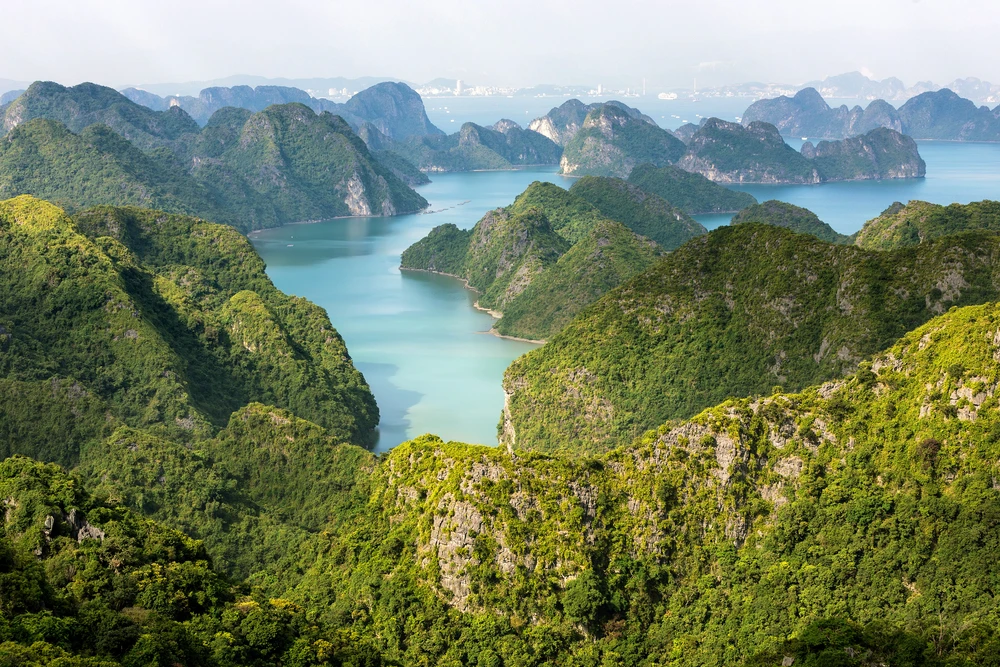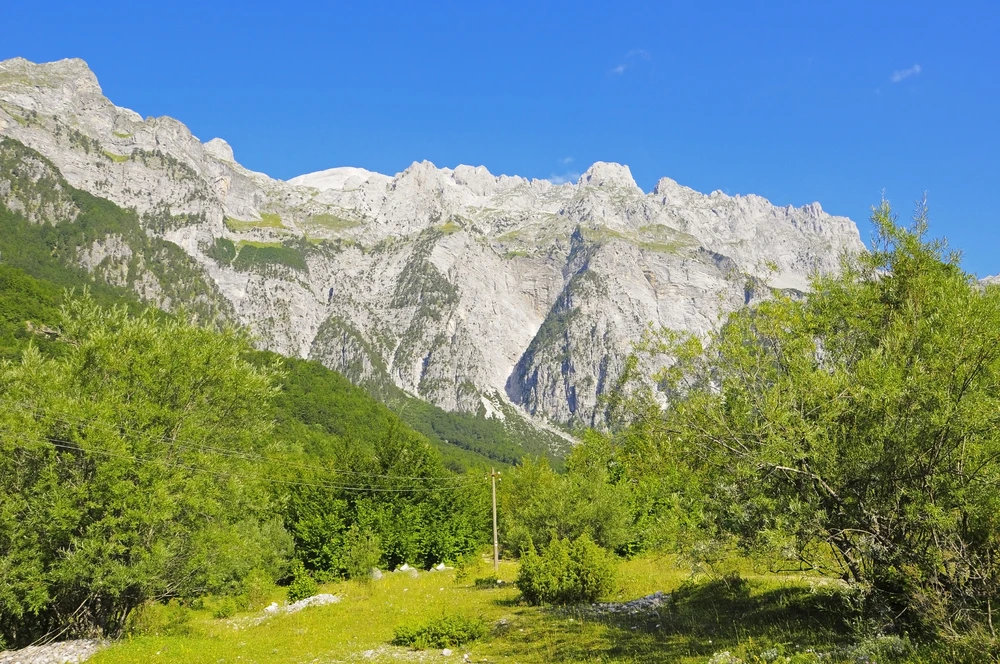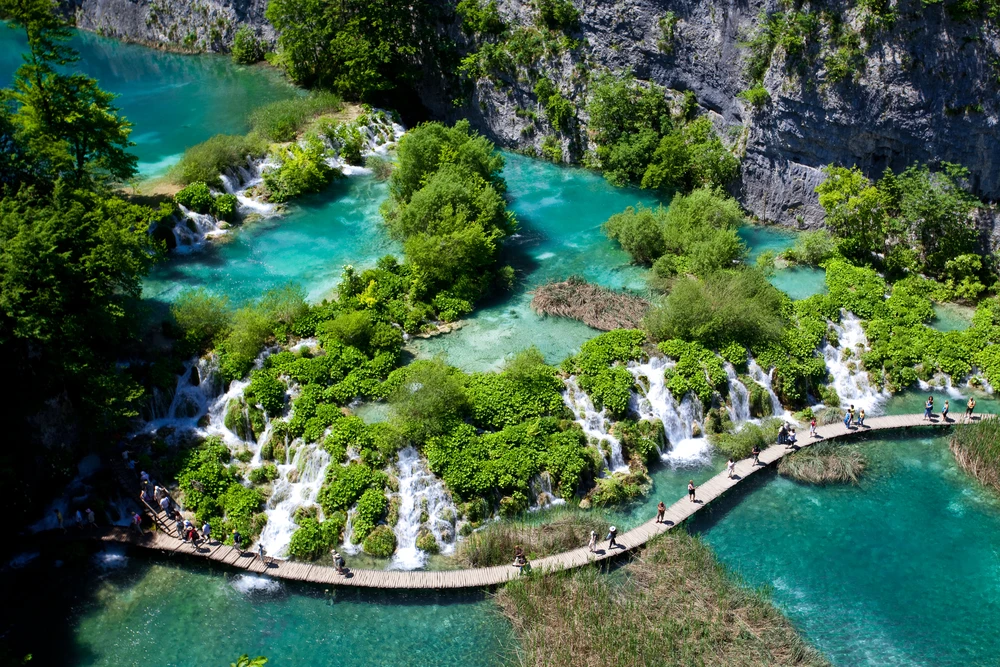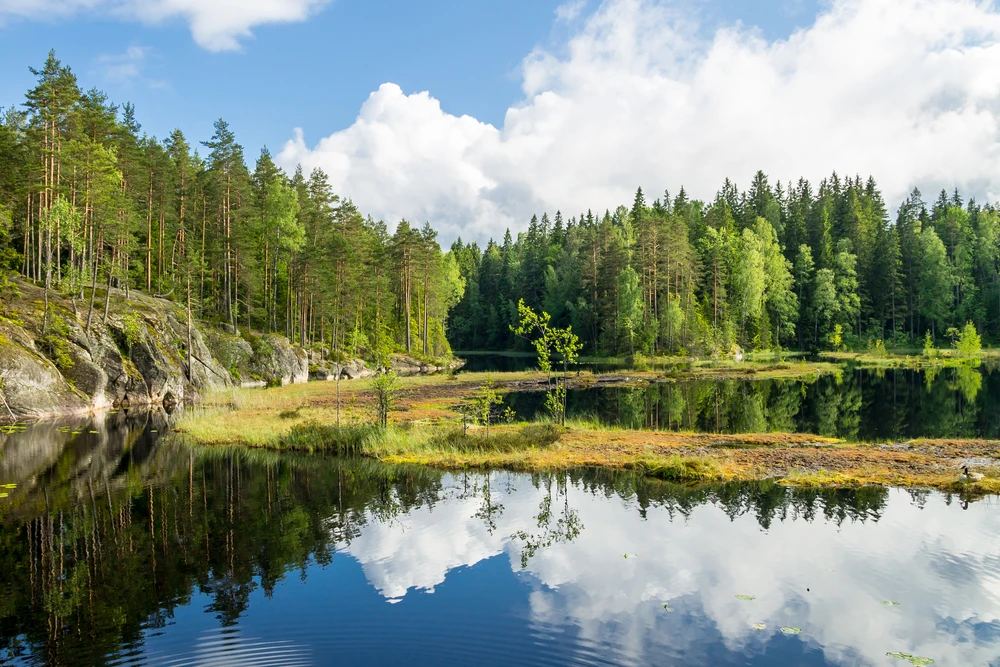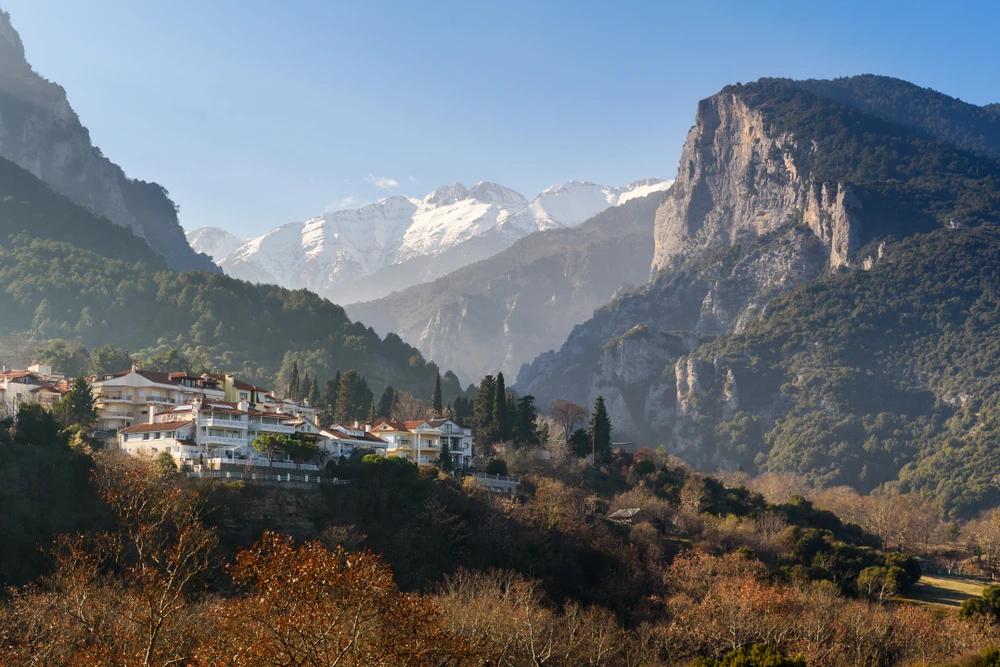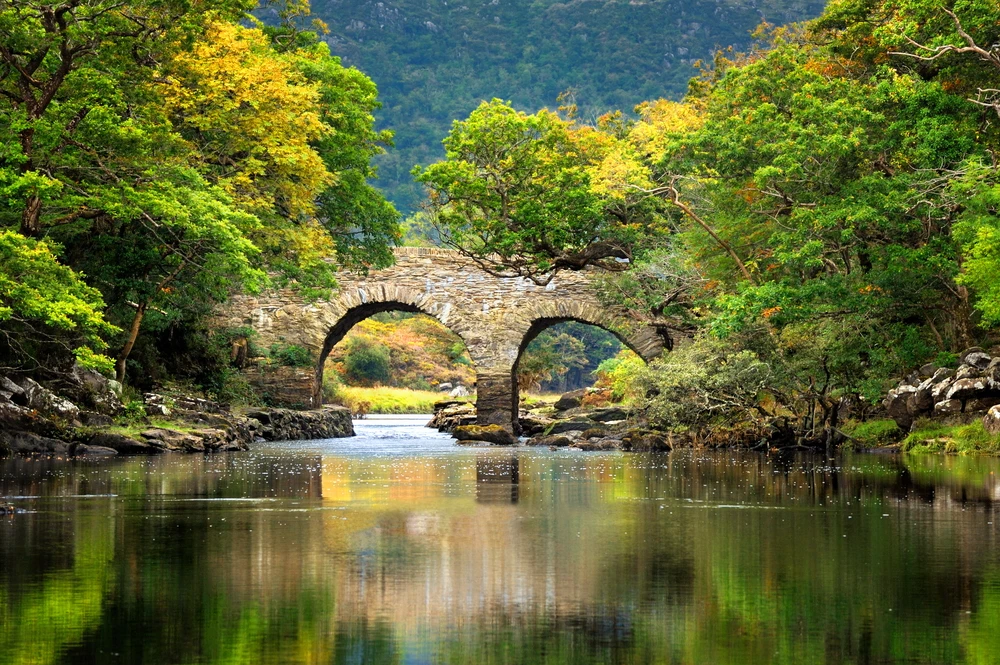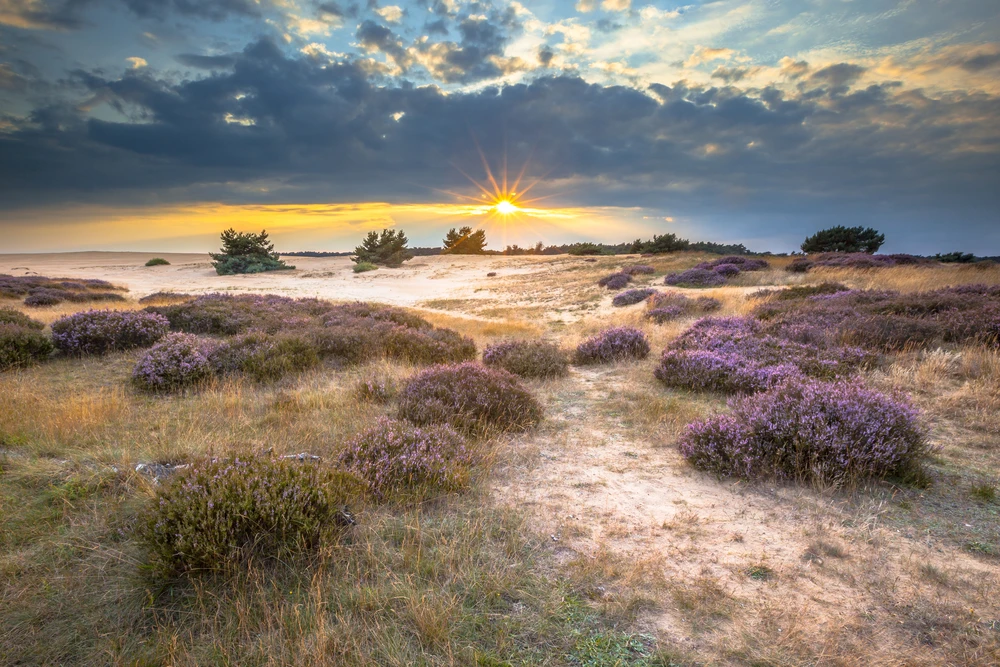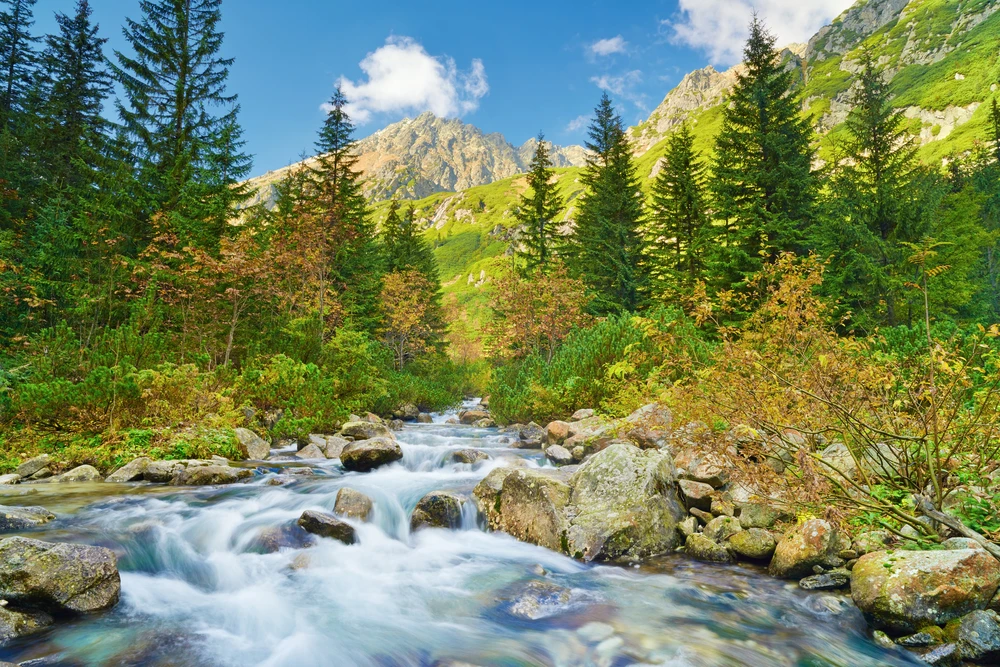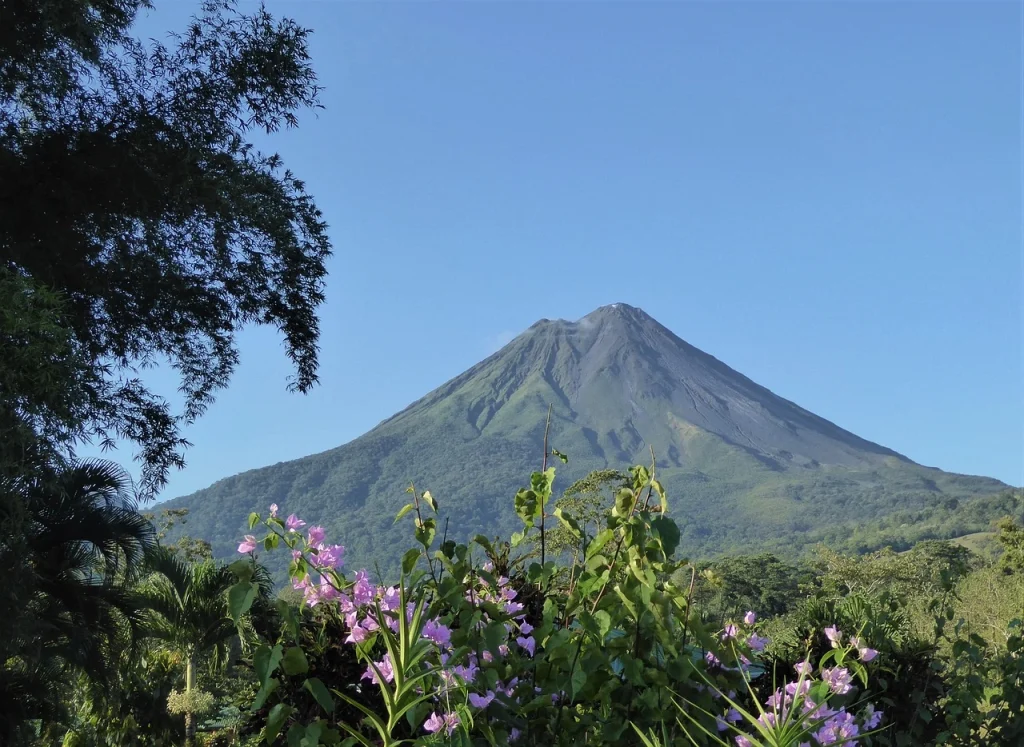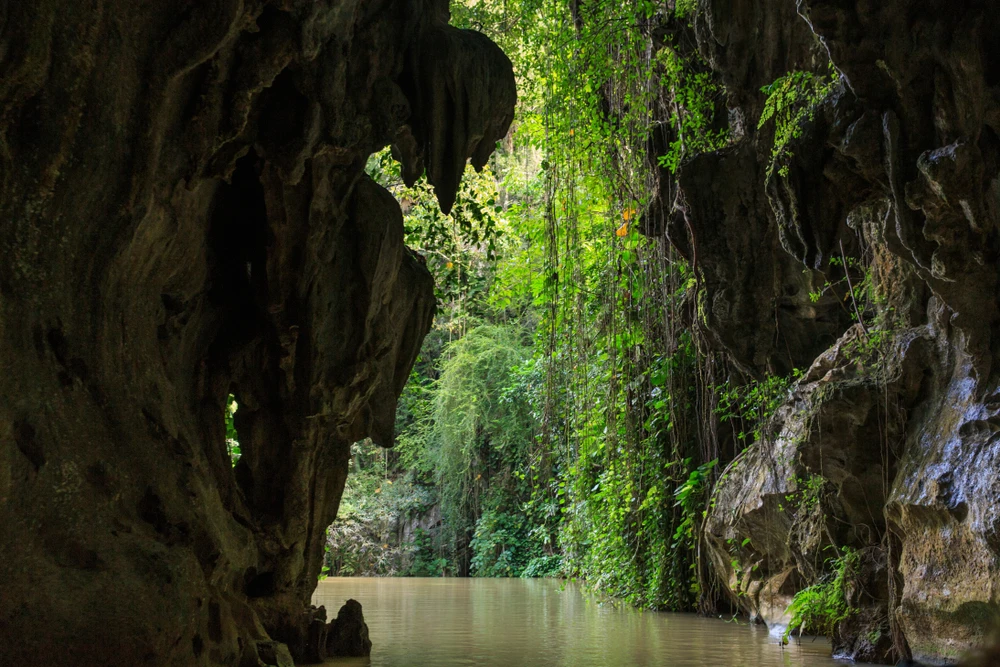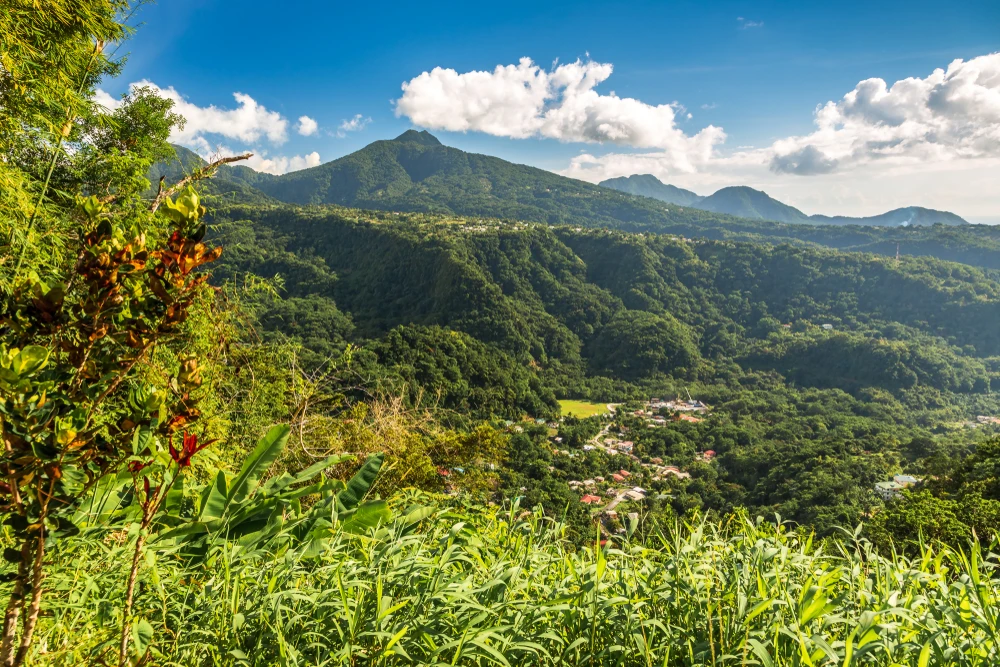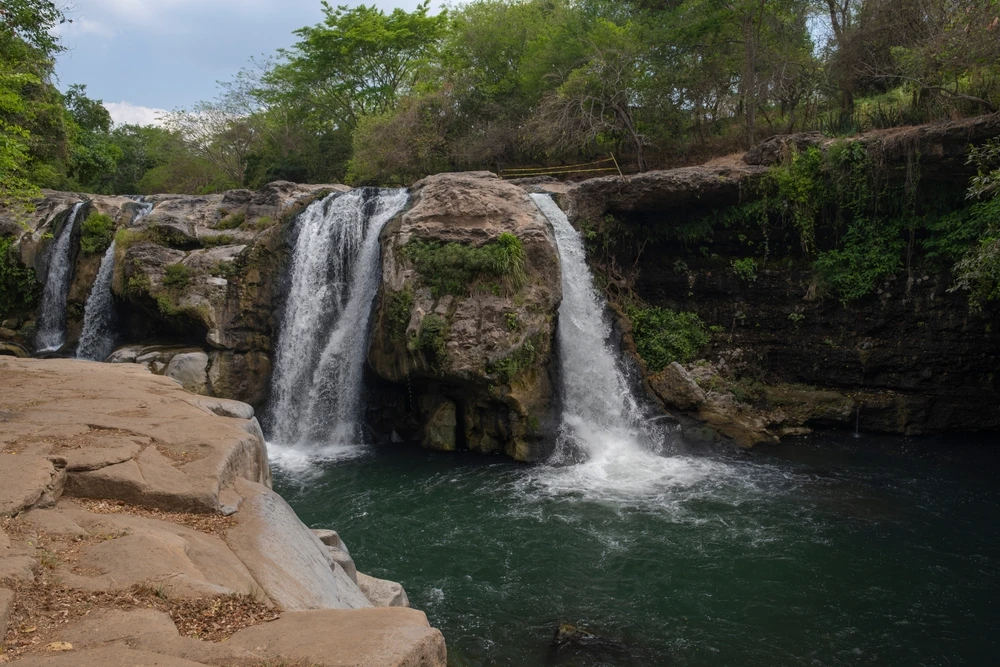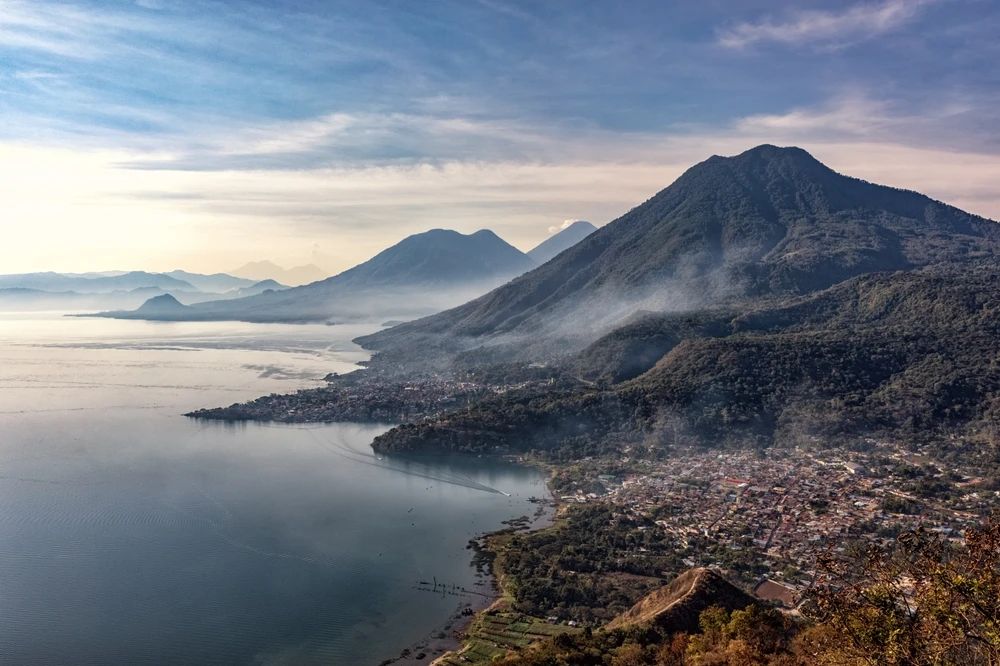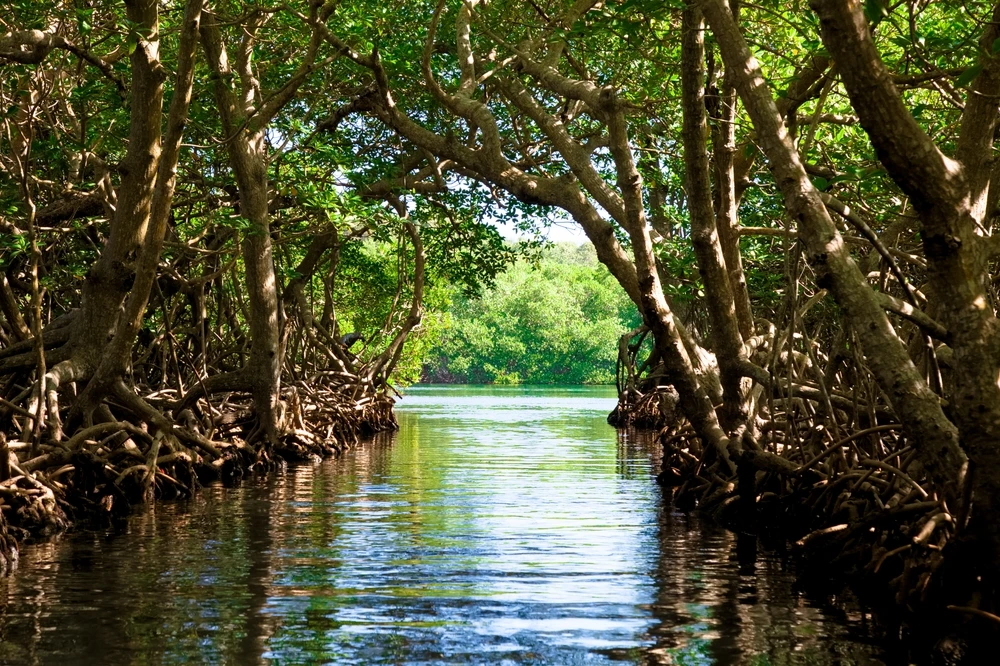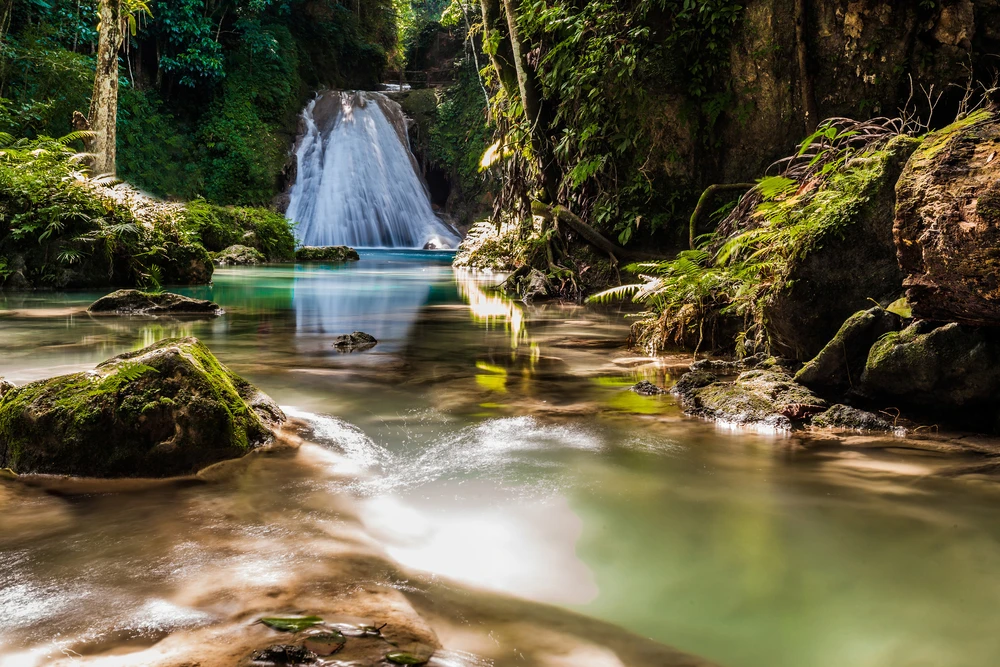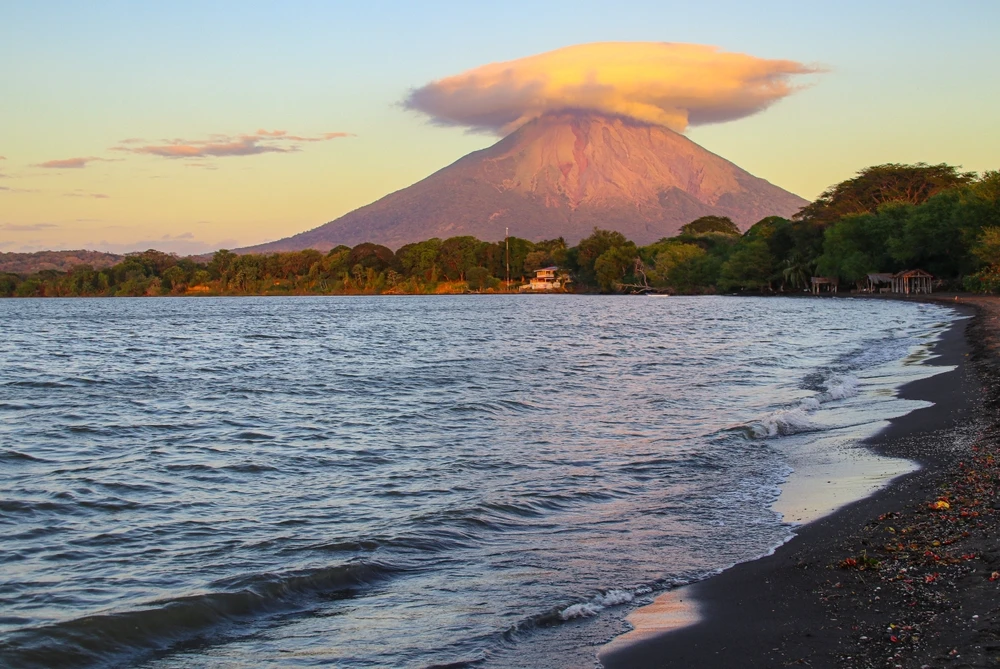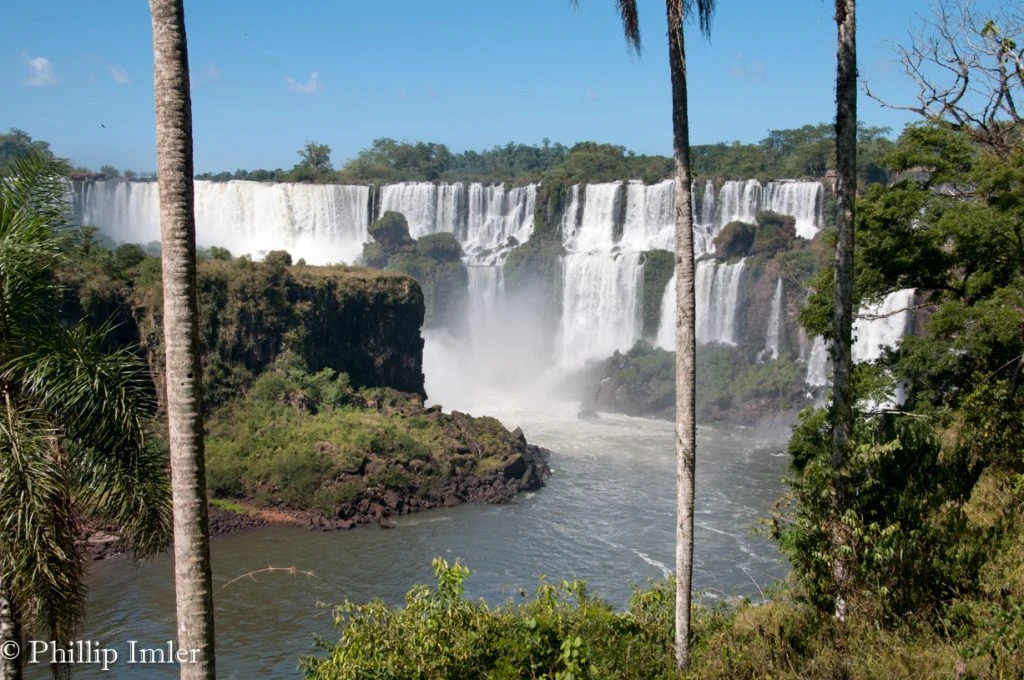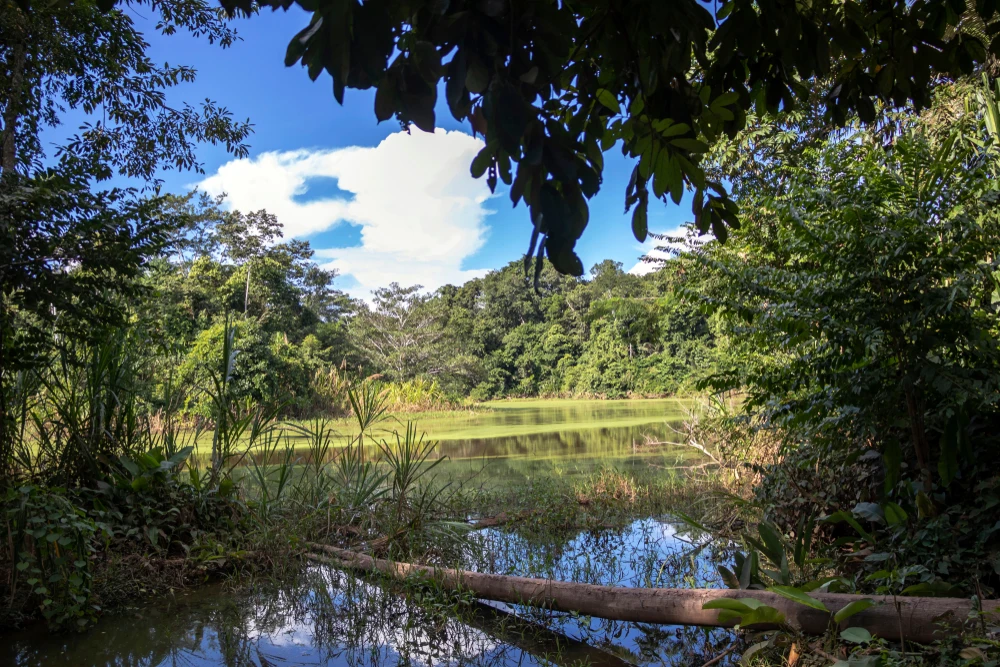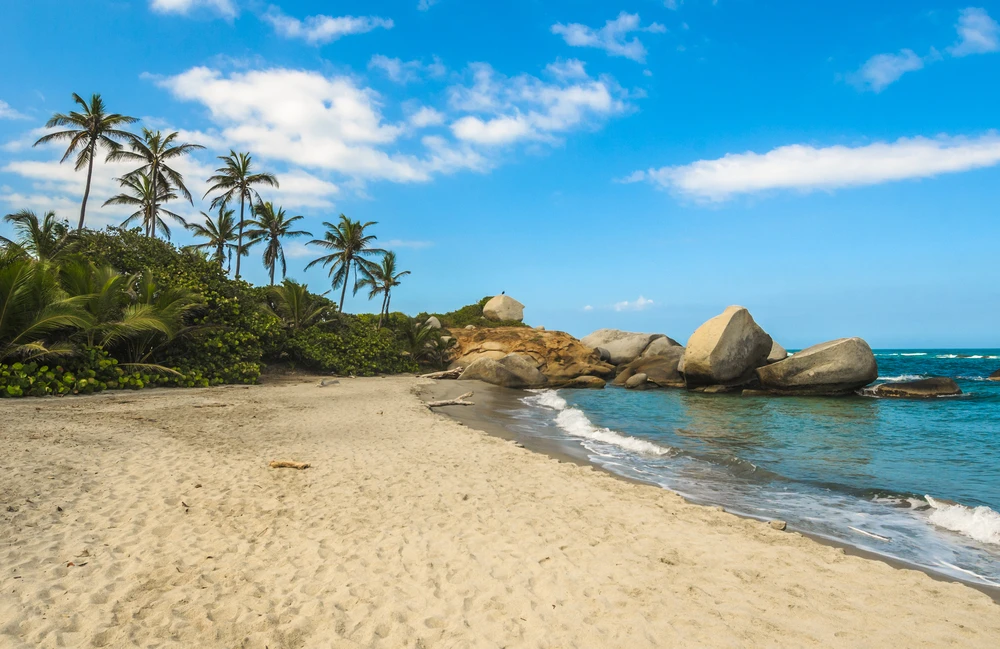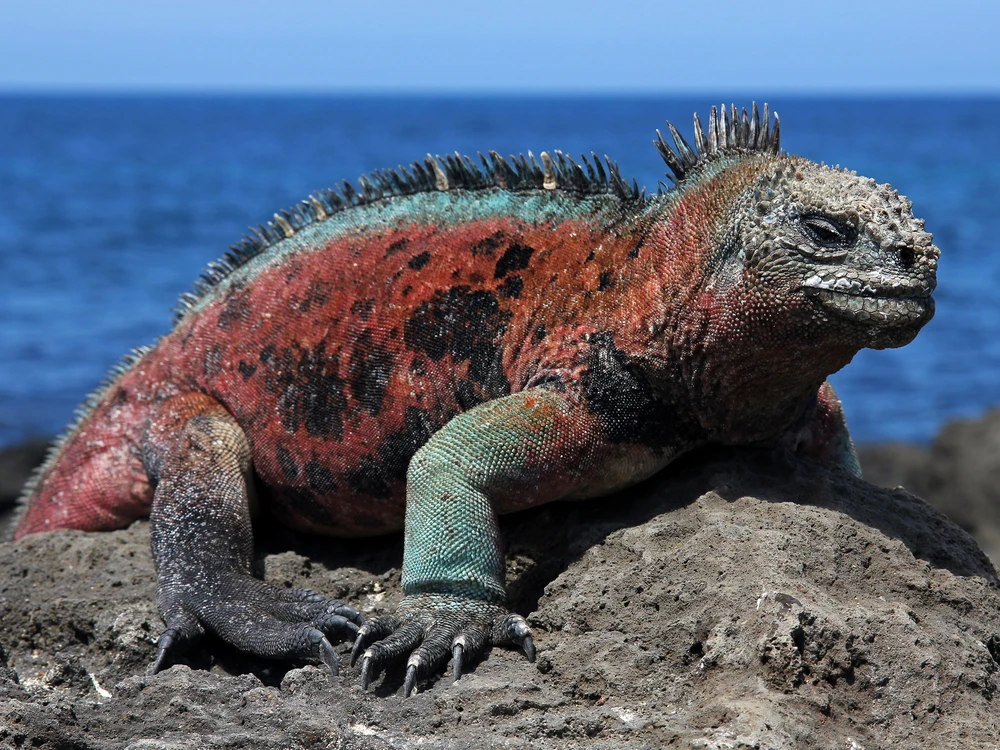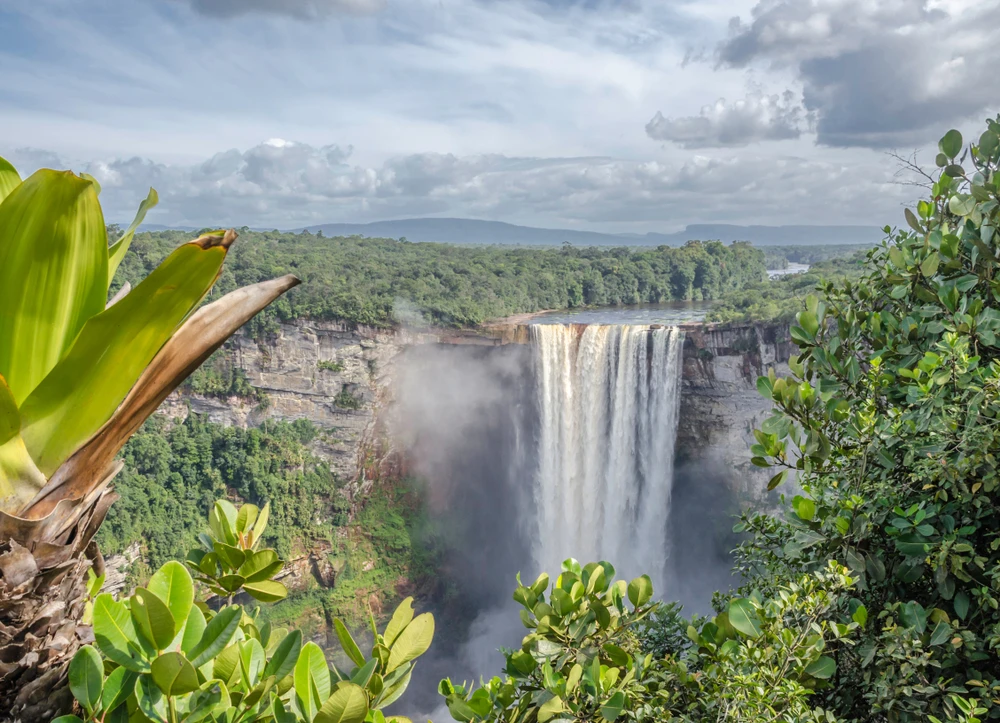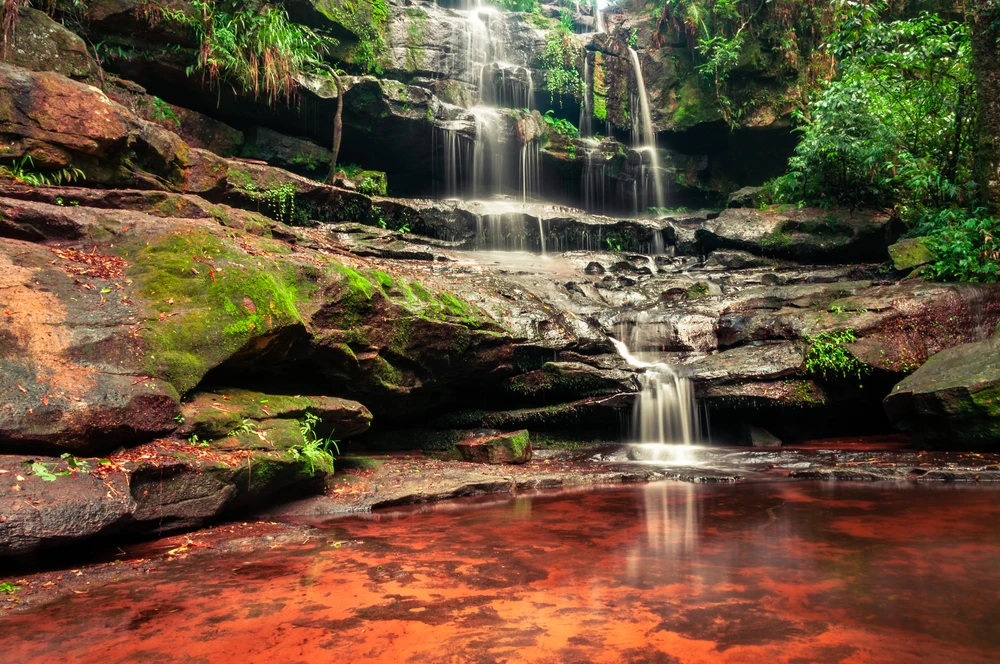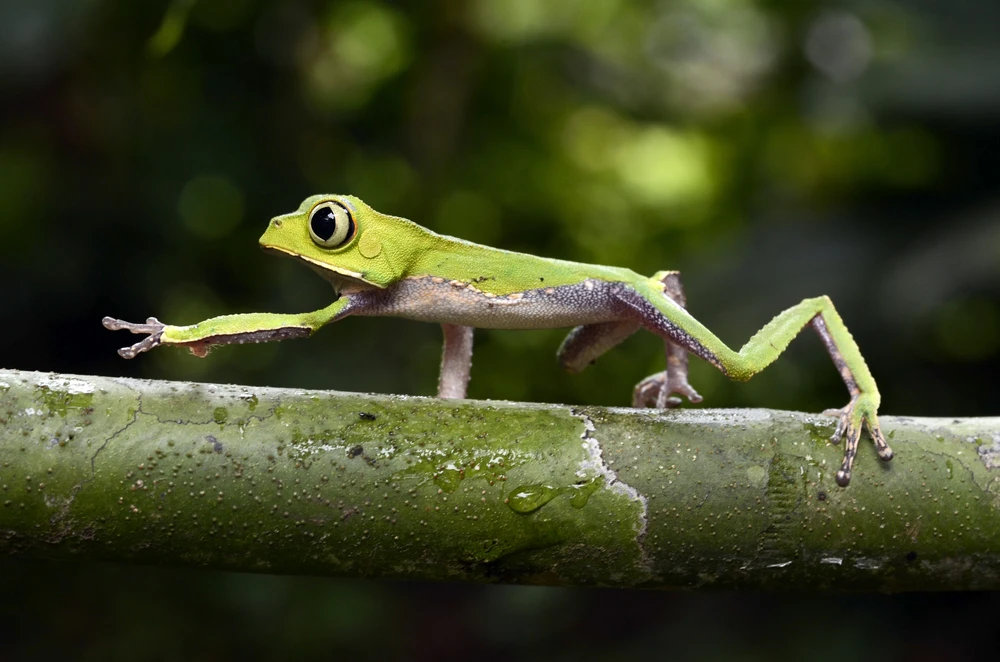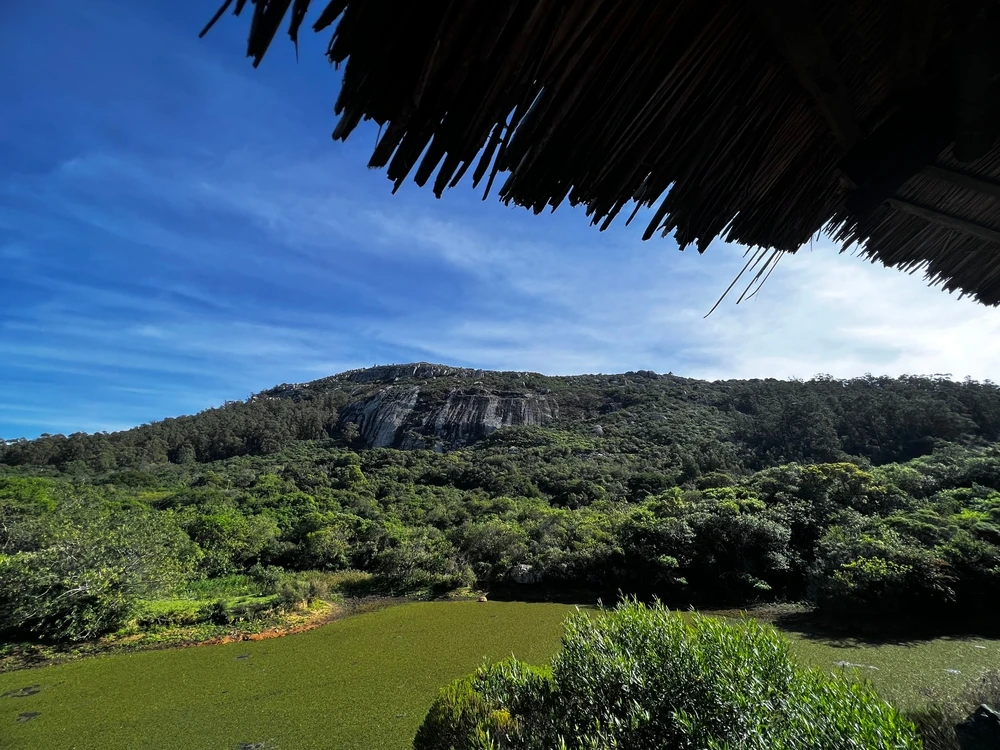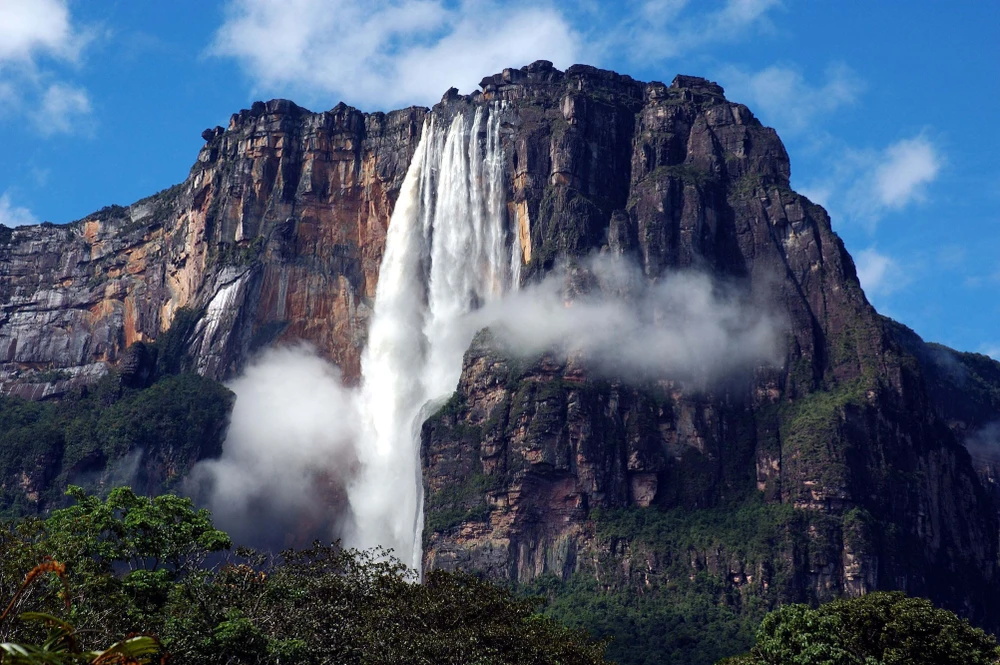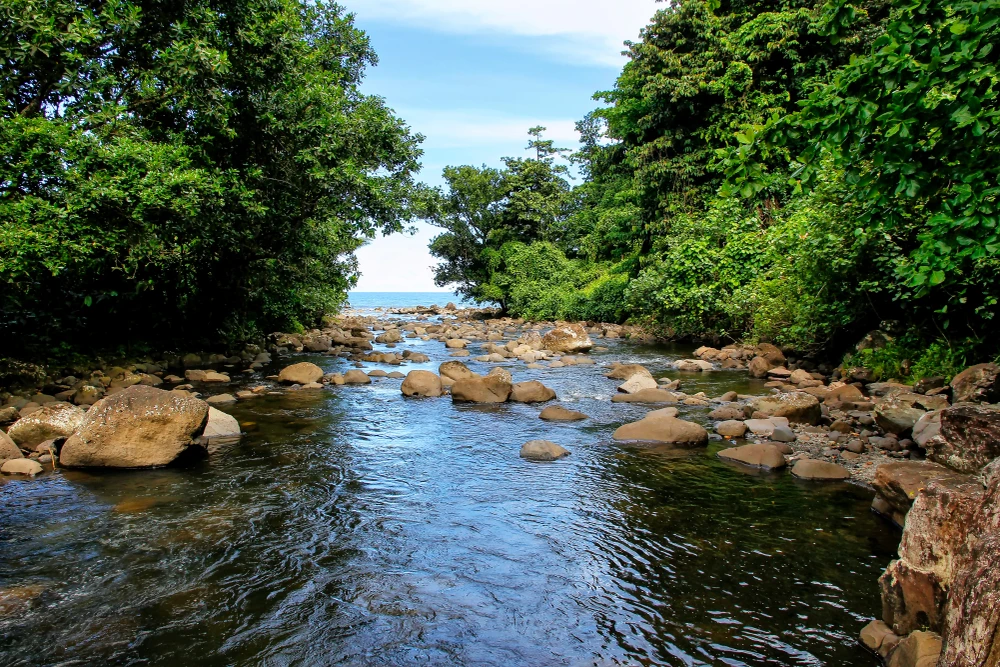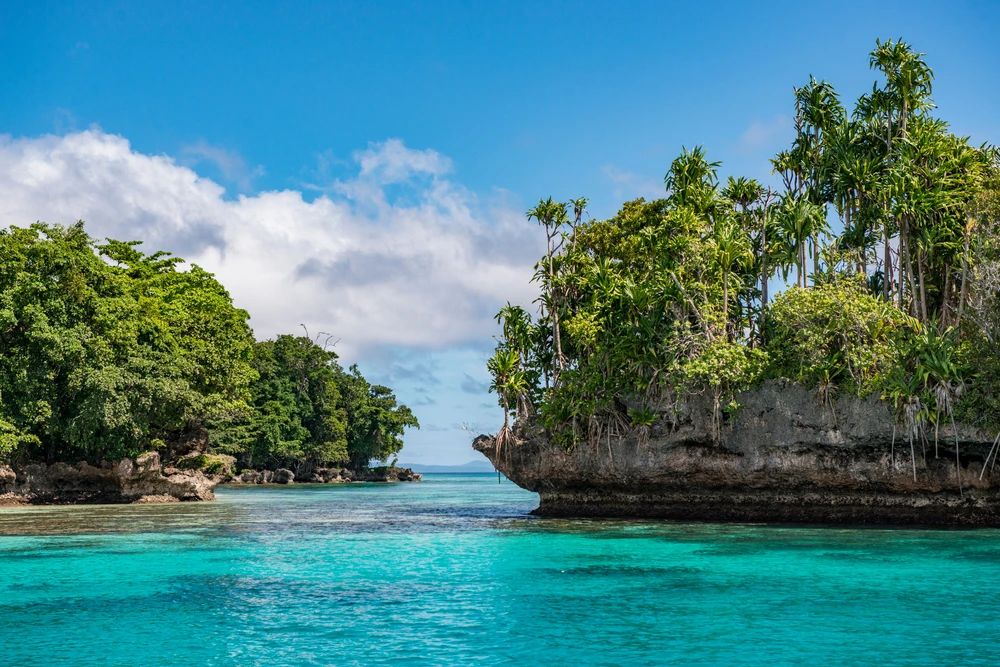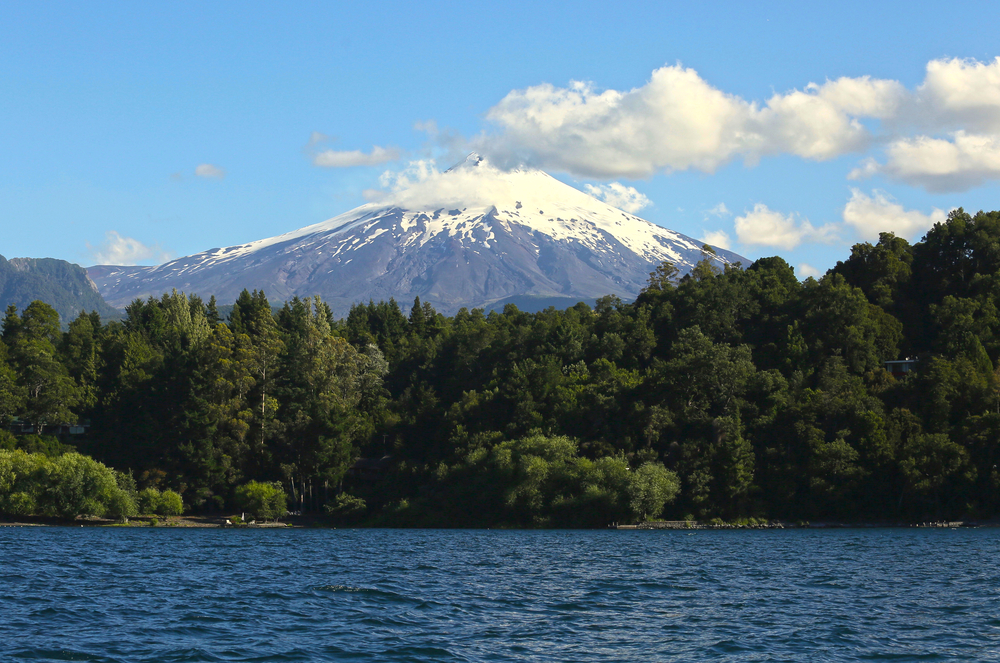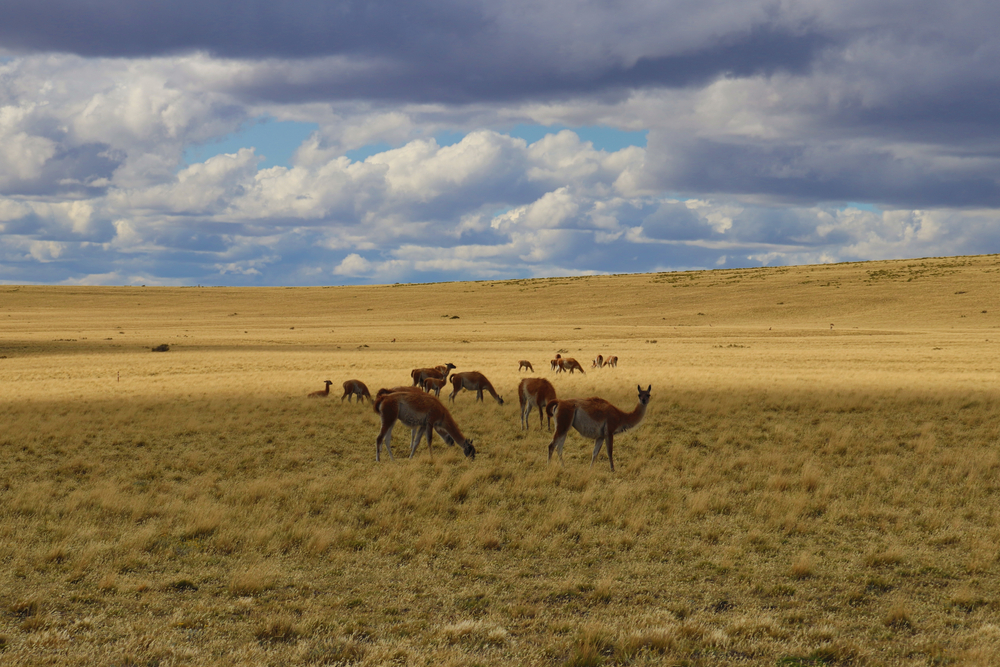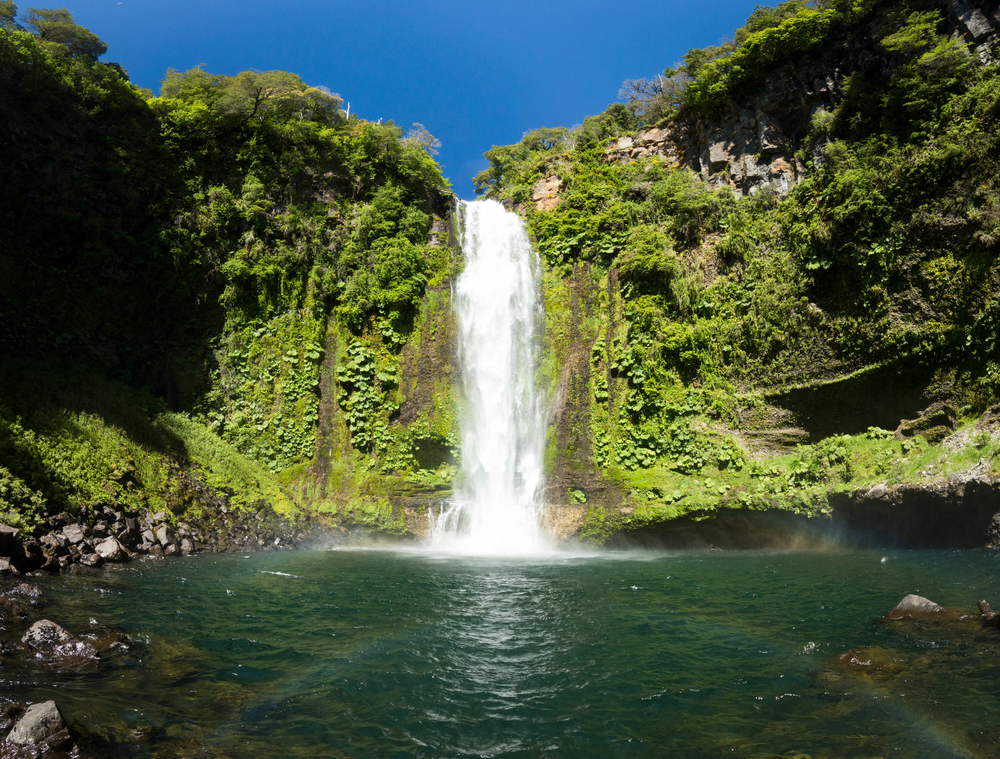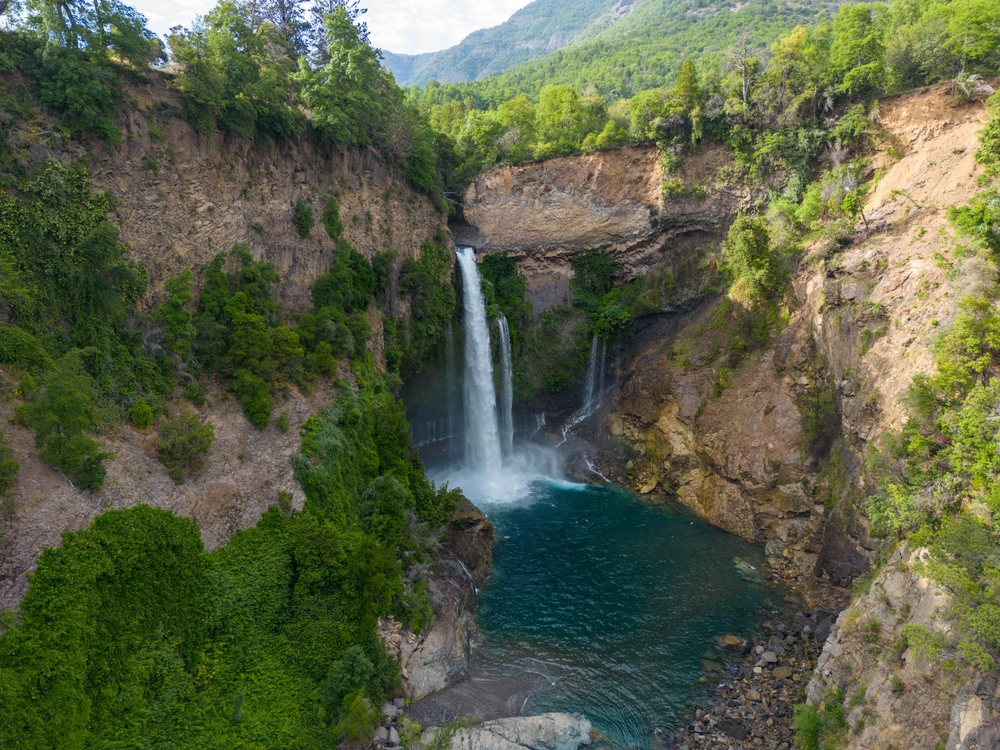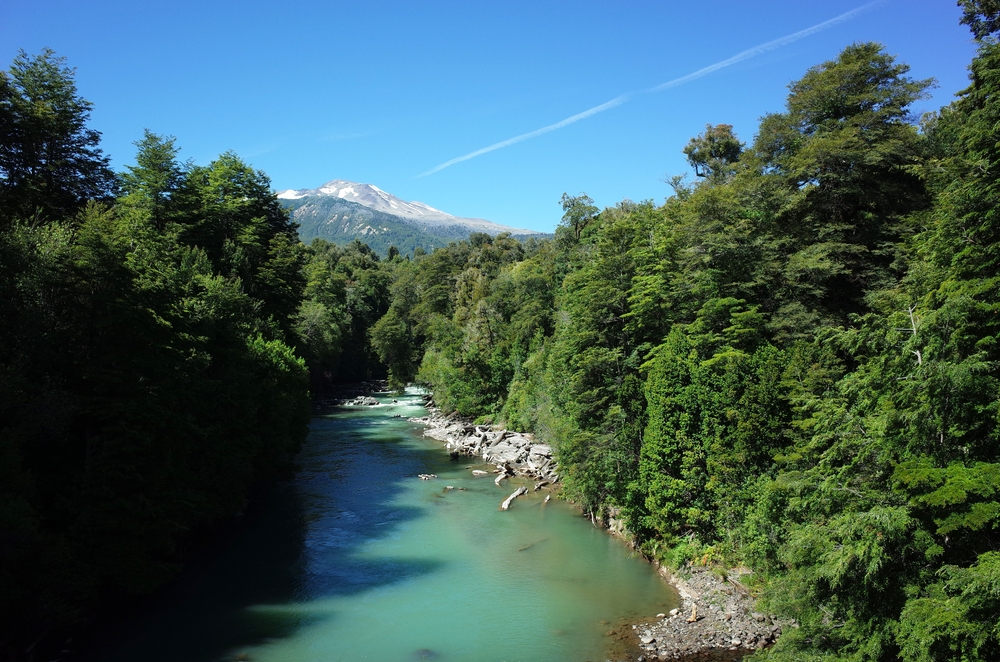Las Palmas de Cocalán Overview
Las Palmas de Cocalán National Park, known locally as Parque Nacional Las Palmas de Cocalán, is a protected area situated in the Libertador General Bernardo O’Higgins Naitonal Park Region of Chile, specifically within the commune of Las Cabras.
Established in 1971 and officially designated as a national park in 1989, it spans approximately 3,709 hectares (about 14.3 square miles or 37.09 square kilometers) . Notably, it is one of the few national parks in Chile located on private land, primarily owned by Sociedad Agrícola y Forestal Hacienda Las Palmas de Cocalán y Cía. Ltda. and Hacienda Agrícola y Forestal Palmas de Cocalán Ltda.
The park is renowned for its dense population of Chilean palms (Jubaea chilensis), with approximately 3,500 specimens, many of which are centuries old . These palms represent one of the southernmost populations of their species, thriving in the park’s unique microclimate.
The terrain is characterized by rolling hills and valleys, interspersed with native vegetation such as roble (Nothofagus obliqua), quillay (Quillaja saponaria), boldo (Peumus boldus), litre (Lithraea caustica), peumo (Cryptocarya alba), and patagua (Crinodendron patagua) . This diverse flora contributes to a rich and varied landscape that changes with the seasons.
Wildlife in Las Palmas de Cocalán National Park includes a variety of mammals and bird species. Mammals such as the culpeo fox (Lycalopex culpaeus), chilla fox (Lycalopex griseus), and the Geoffroy’s cat (Leopardus geoffroyi) inhabit the area .
Bird enthusiasts can observe species like the Austral thrush (Turdus falcklandii), turca (Pteroptochos megapodius), Austral blackbird (Curaeus curaeus), Harris’s hawk (Parabuteo unicinctus), and the giant hummingbird (Patagona gigas) . The park’s ecosystems also support various reptiles, amphibians, and insects, contributing to its biodiversity.
A prominent feature of the park is the Cerro Poqui, a popular hiking destination offering panoramic views of the surrounding landscapes . The trails leading to the summit traverse through diverse habitats, providing hikers with opportunities to experience the park’s rich flora and fauna firsthand.
Additionally, the extensive palm groves are a significant attraction, showcasing the majestic Chilean palms that are emblematic of the region.
Visitors can engage with the park primarily through guided tours, as the area is privately owned and access is restricted to protect its delicate ecosystems . Since August 2018, authorized local guides have been offering educational tours that emphasize conservation and sustainable interaction with the environment .
These tours often include hiking, birdwatching, and photography, allowing guests to immerse themselves in the natural beauty of the park. It’s essential for visitors to arrange tours in advance and adhere to guidelines set by the park’s management to minimize human impact on the environment.
Conservation efforts in Las Palmas de Cocalán National Park have been both challenging and rewarding. The primary challenge lies in balancing the preservation of the Chilean palm populations with the fact that the park is situated on private land used for agricultural and forestry activities .
However, the establishment of the park has led to increased awareness and protection of these ancient palms, ensuring their survival for future generations. Collaborative management strategies between landowners and conservation authorities have been implemented to maintain the ecological integrity of the area while allowing for controlled public access.
In summary, Las Palmas de Cocalán National Park serves as a vital sanctuary for the Chilean palm and a diverse array of native species. Its unique status as a privately owned national park presents both challenges and opportunities in conservation, highlighting the importance of sustainable practices and community involvement in preserving Chile’s natural heritage.


